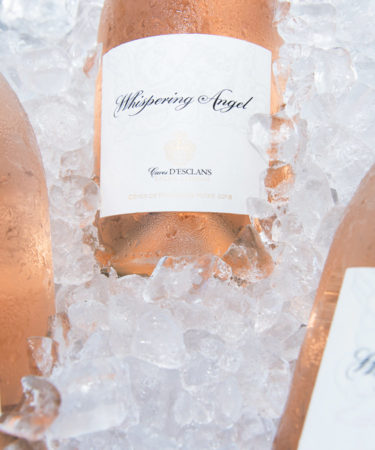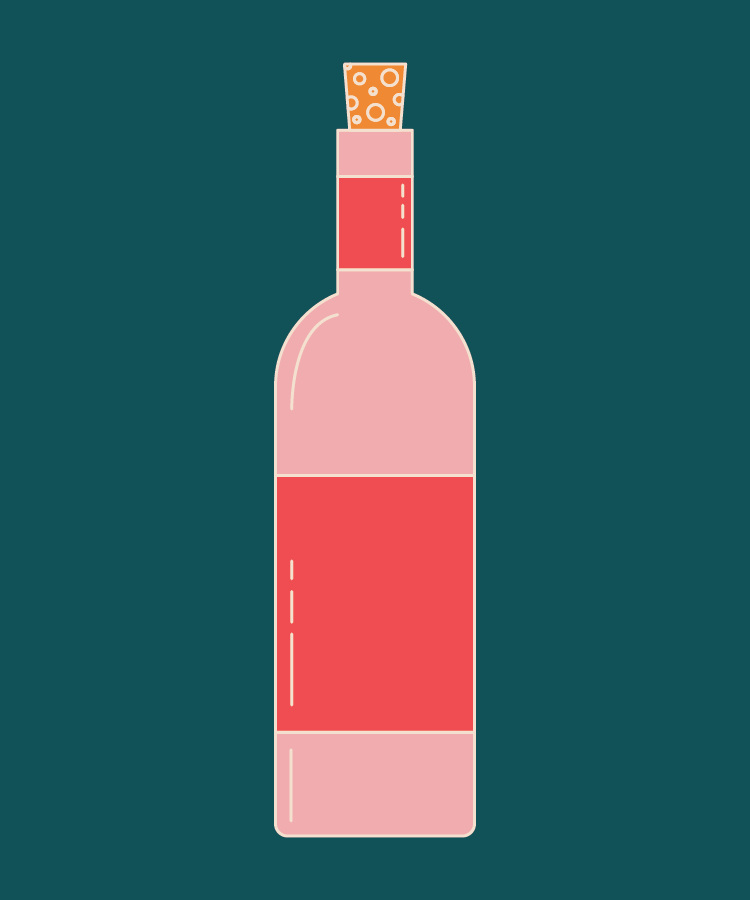
Pink wine. Summer water. Millennials’ Champagne.
Rosé wine, once confined mostly to France, has become a lifestyle. According to WineAccess, one out of every 36 bottles of wine Americans drank in 2017 was a rosé – up from one in 510 in 2015.
The pretty-in-pink movement in America owes much of its success to Whispering Angel. Produced by France’s Chateau d’Esclans, Whispering Angel is credited with starting the international rosé trend, known to release 3.2 million-bottle vintages. It’s also the brand that introduced rosé to American palates, ranked by Nielsen as the No. 1 selling imported French wine.
Here are nine things you should know about the photogenic favorite fawned over by millennials even more than avocado toast.
Whispering Angel is the world’s most popular rosé.
Sold in more than 100 countries, Chateau d’Esclans produced 3.2 million bottles in 2016, according to Business Insider. Sacha Lichine, owner of Chateau d’Esclans, told Business Insider, “What we’ve been able to craft is probably the greatest wine brand that’s come out of France in the last 20 years.”
We drink more Whispering Angel than any other Provencal rosé.
Whispering Angel accounts for about 20 percent of all Provencal rosé imbibed in the U.S.
Critics love it.
Affordable-luxury seekers and professional wine drinkers alike fawn over this $22 pink wine. “Always delicious,” says James Suckling, American wine critic and former senior editor and European bureau chief of Wine Spectator. “The cool thing you have to drink,” says Ray Isle of Food and Wine. And Jancis Robinson, the renowned British wine critic, called it “more palate-grabbing by far from the Provencal Pink norm.”
It went from Provence to Nantucket to absolutely everywhere.
Château d’Esclans began promoting Whispering Angel abroad in 2007. At the time, the market for rosé was very small, left only to rich folks in vacation towns. “It was not trendy,” Paul Chevalier says. He oversees Château d’Esclans and Whispering Angel in the U.S. as national wine director at Shaw-Ross International Importers. “There was a tiny pocket of people who drank rosé in the Hamptons and Nantucket, and the reason why is because those people had probably visited France and had been to Provence,” he says.
The angel has five sisters.
Whispering Angel is part of a family of rosé that includes The Palm, a new, even more affordable option ($15), and Garrus, a pricey $100 rosé. Suckling called Garrus the “greatest rosé ever.” The price of a bottle of the brand flagship Chateau d’Esclans Whispering Angel Rose should be $21 USD in the United States.
These days, pink is always in style.
This rosé is not only for all day, it’s for all year, too. Chevalier educated American restaurants and consumers about pink wine’s winter credibility. “Restaurants now have to keep rosé on their wine list,” Chevalier says, “because the millennial is demanding it.”
Whispering Angel didn’t even have to advertise.
When Whispering Angel arrived in the U.S., it caught on quickly. The brand strategy? Go where the millennials go. Brand partnerships with SoHo House in New York, Chateau Marmont in Los Angeles, the Beverly Hills Hotel, and the Fontainebleau in Miami brought Whispering Angel from a whisper to a yell. “These were all places millennials would go, so we didn’t do any advertising, only word of mouth,” Chevalier says.
Chateau d’Esclans is one of the fastest-growing French wines in the U.S.
The producer showed 58 percent growth between 2016 and 2017 alone.
Chateau d’Esclans exports to the U.S. increased nearly 40,000 percent in 10 years.
In its debut year of 2007, 800 cases of rosé were sold. In 2017, that number exceeded 300,000. That’s a lot of pink.

